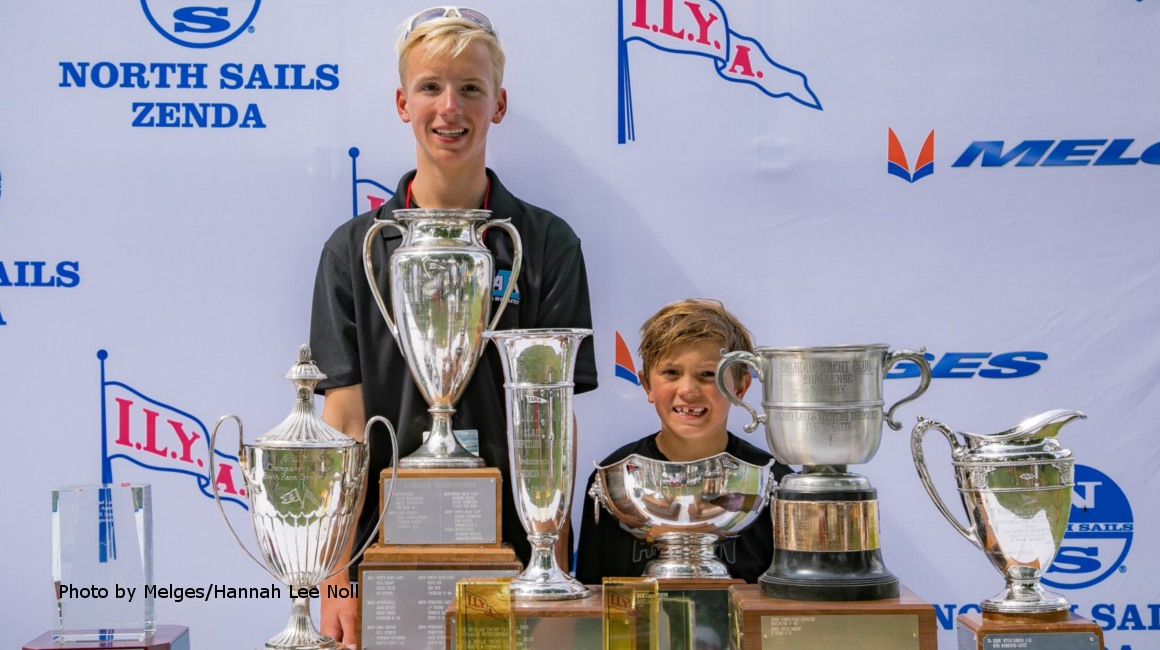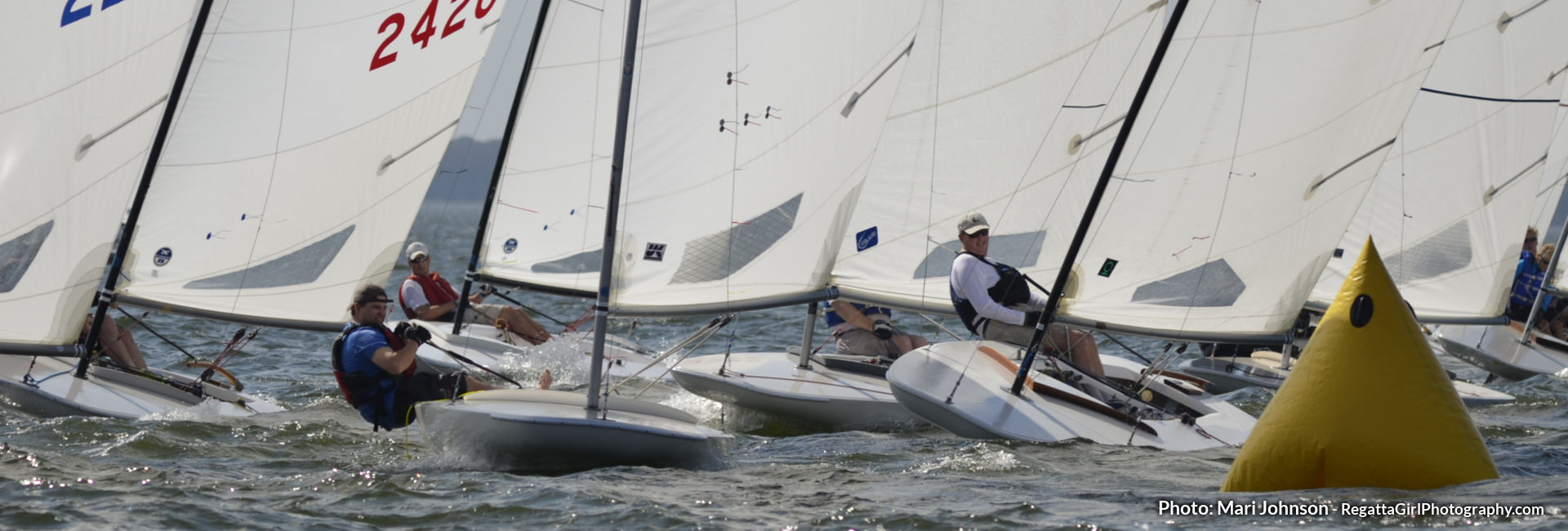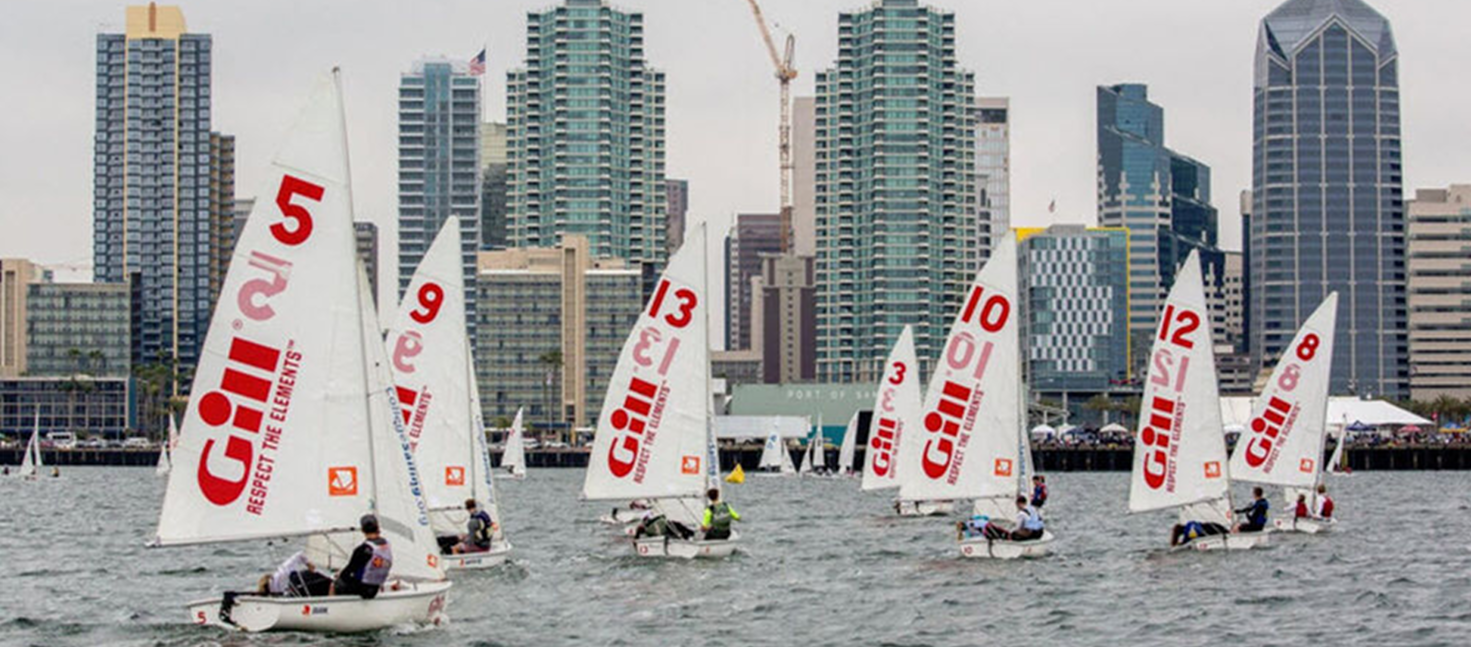Chapman Petersen, of Lake Geneva Yacht Club, was the 2018 ILYA X boat champion in the senior fleet. In a 45-boat fleet, Chapman dominated, with a final total of nine points in a seven race-regatta (one throwout).
Chapman graciously agreed to share his thoughts on some specific questions prepared by SailZing.
Maintaining Consistency
SailZing: The conditions at Pewaukee for the Inland championships were tricky, with shifty and puffy winds. All of the top ten sailors, except you, had at least one race finish outside the top ten. What were the keys to your consistency in these conditions?
Chapman: On the starting line, we may stay near the middle of the line until about 2:30 left in the sequence. At that point, we are in a position to decision on which side of the starting line we want to be on. You take more risk if you commit to either end too early.
Angle of Heel
SailZing: You sail the boat very flat, with very little heeling, even as a puff first hits. Many sailors heel up a bit and then react. What is your technique for anticipating and reacting to puffs? Do you have any specific practice techniques for developing this skill?
Chapman: My crew Jack Plummer and I always communicate amongst ourselves when we see a change in velocity coming. When we expect it, we have a better opportunity to slide out against the puff or scoot into the boat with a lull while the change in wind is happening. If we get an unexpected puff, we try and move our weight as fast as possible but sometimes the puff is just too big so I will ease the main out to keep the boat flat. We are constantly adjusting sail trim as the wind is always changing in direction or apparent angle.
Changing Gears
SailZing: Do you focus on changing “gears” (point mode, foot mode, etc.) as needed in the X boat? Describe how you approach that.
- In the oscillating conditions like we were typically experiencing over the ILYA Championship event, it was important to be in a mode for speed. This helps us get to the next oscillation more quickly. When you do get your shift, on whatever side of the racecourse you are on, you can take that next lift over your competition.
- On the west end (with a NW breeze), with small waves, it did not hurt too much to be in a point mode more often.
- On the eastern race course, the waves were bigger and you had to keep the bow down (foot mode) to prevent getting rolled by your competitors to windward.
Strategy
Picking a Side
SailZing: In the conditions we experienced on Pewaukee this week, it seemed like one side of the course normally paid off better than the other. Did you focus on picking a side? Or were you more focused on sailing the lifted tack and staying in pressure? Or both?
Crossing the Course
SailZing: Several times during the races, it appeared you recognized that the other side was paying off better and took a long tack, not necessarily lifted, to get to that side. That is hard for a lot of sailors to do. How do you decide if it’s worth it to cross the course?
Patience
SailZing: You mentioned that you have developed patience during difficult conditions. Could you elaborate on that?
Related Content:
Starting Strategy and Tactics: Where to Start
Sail the Lifted Tack – How and When?
Andy Burdick Race Course Notes for ILYA Invite Win
Sailors Helping Sailors
Will you share your knowledge with your related Comments below?





